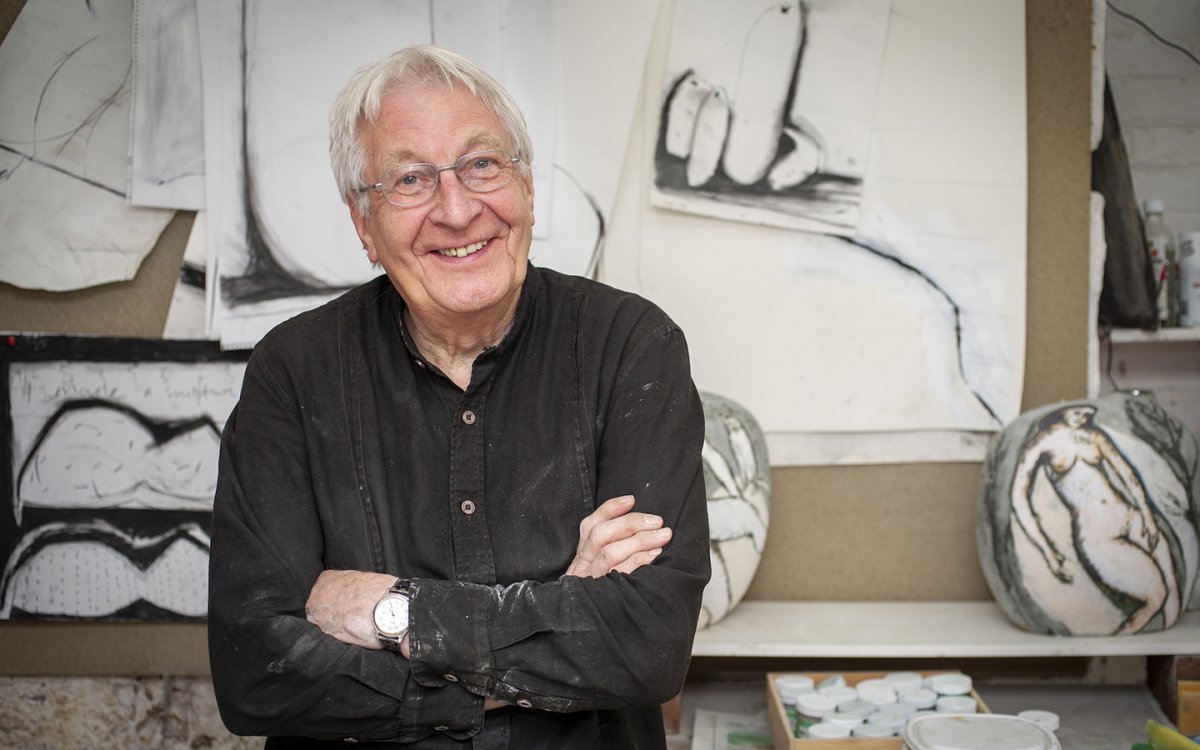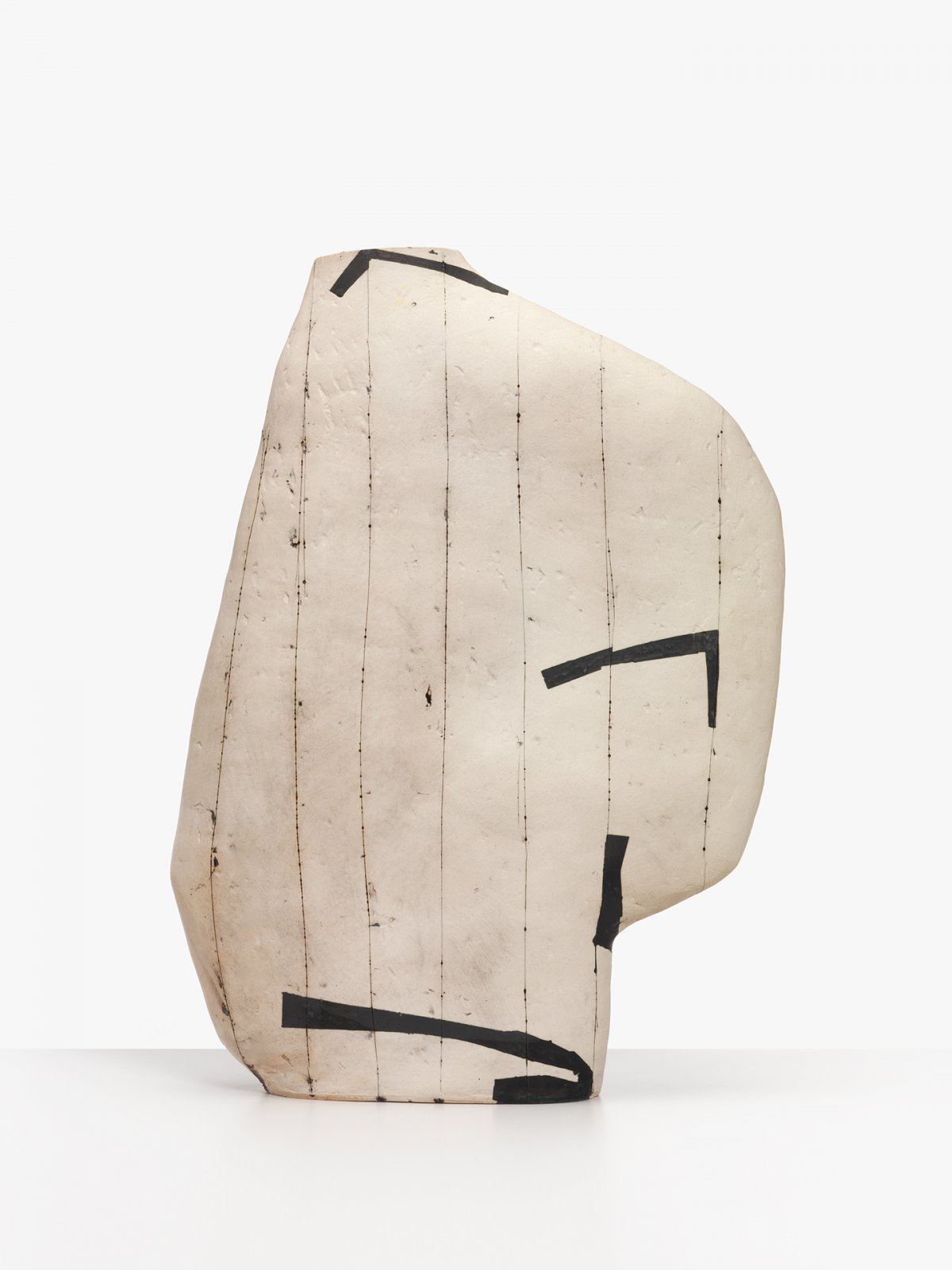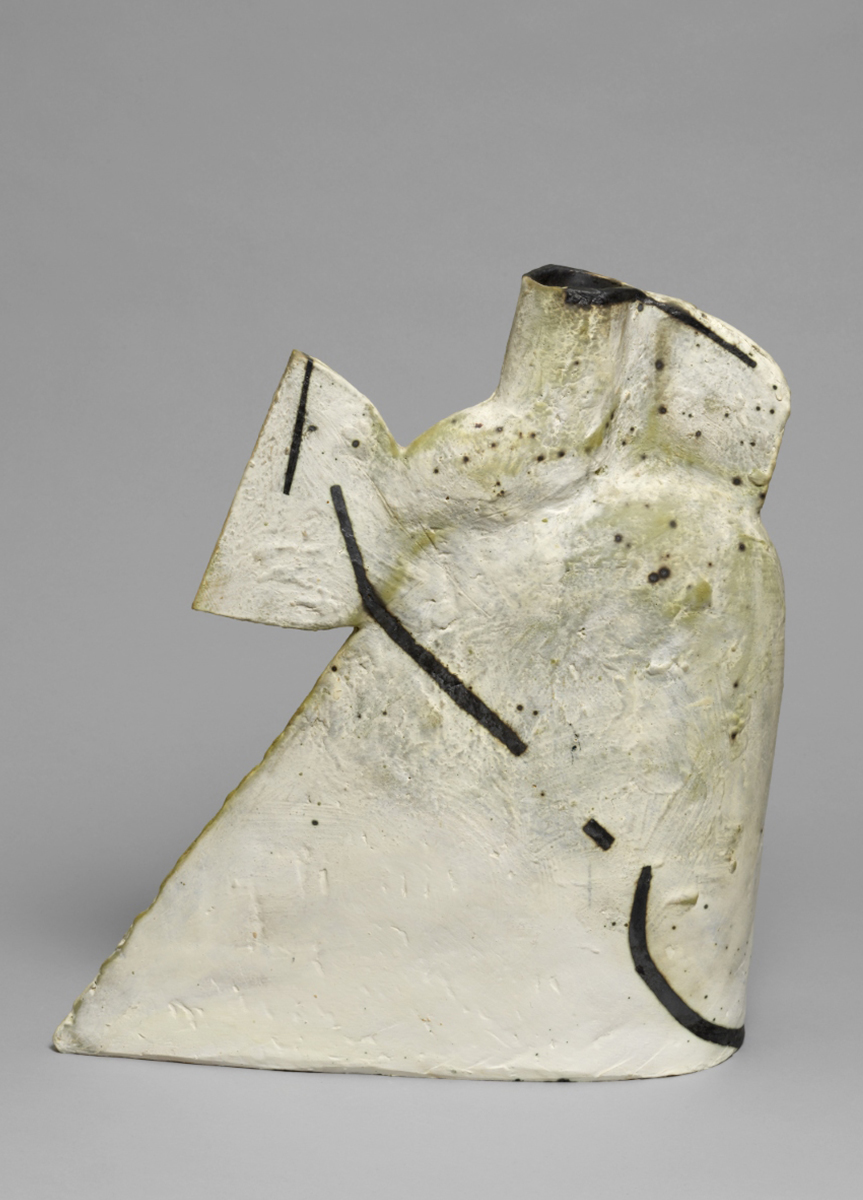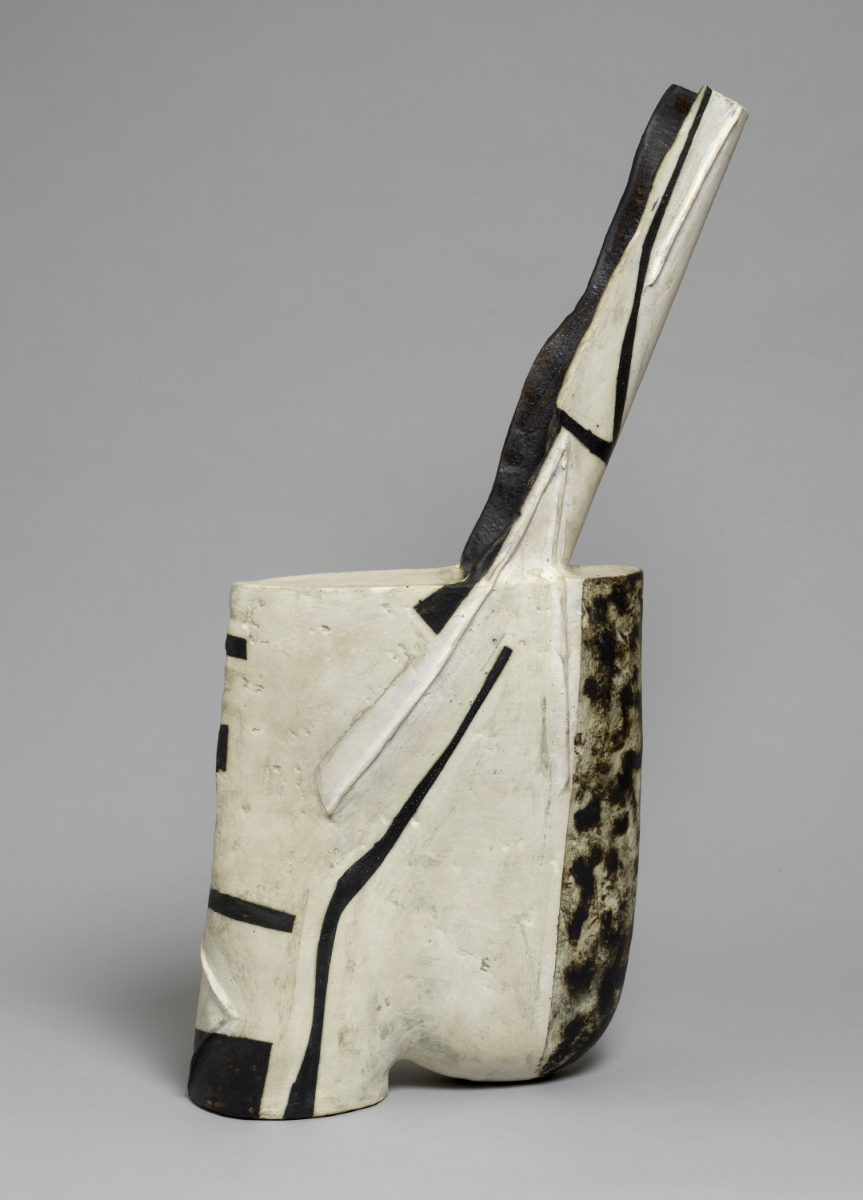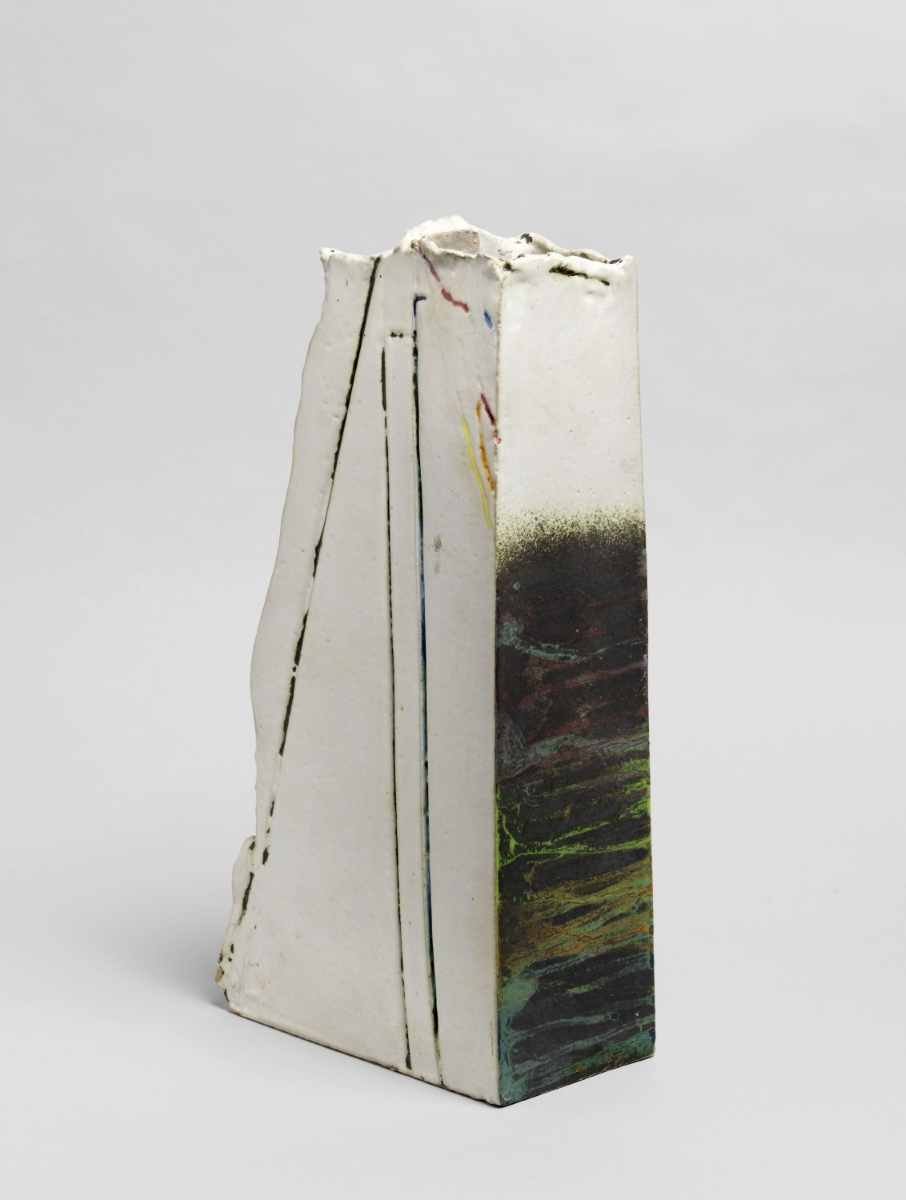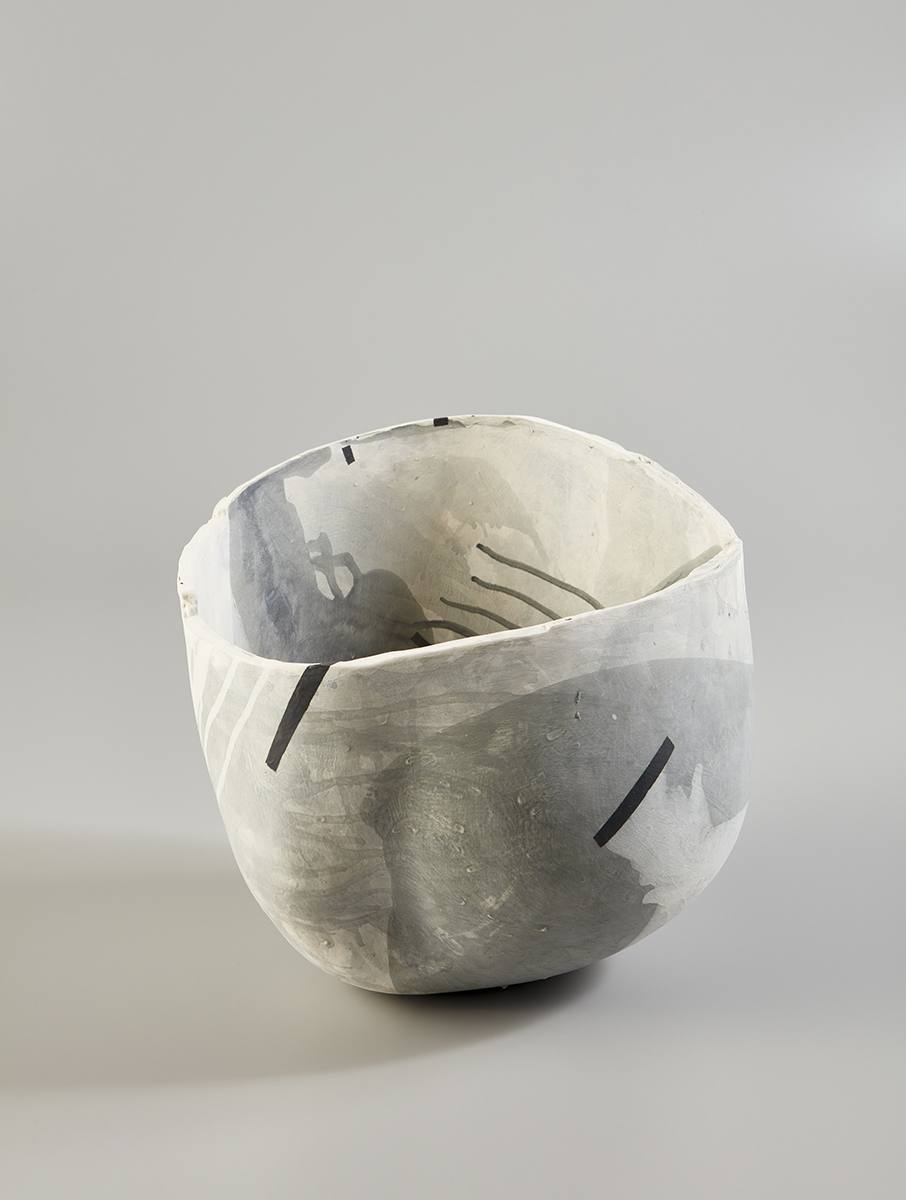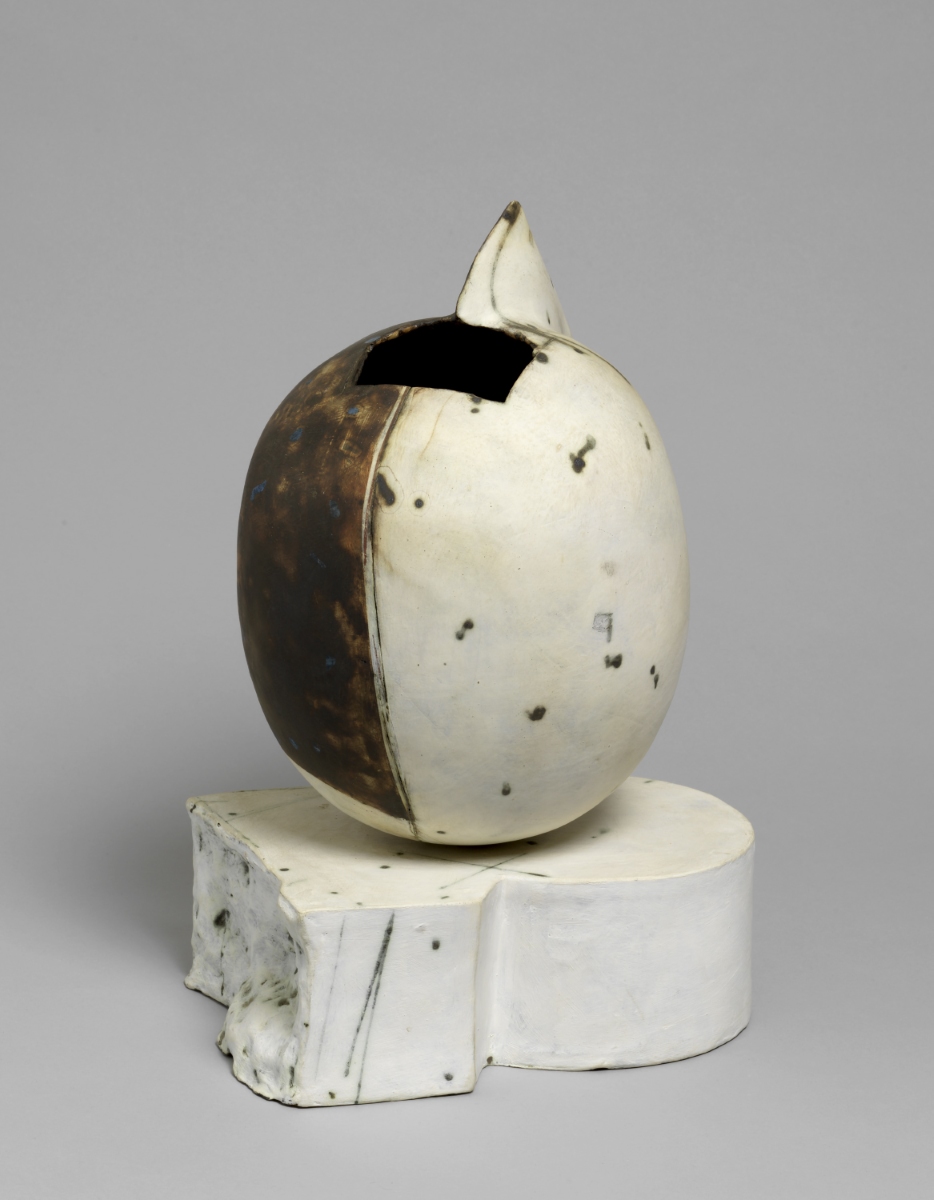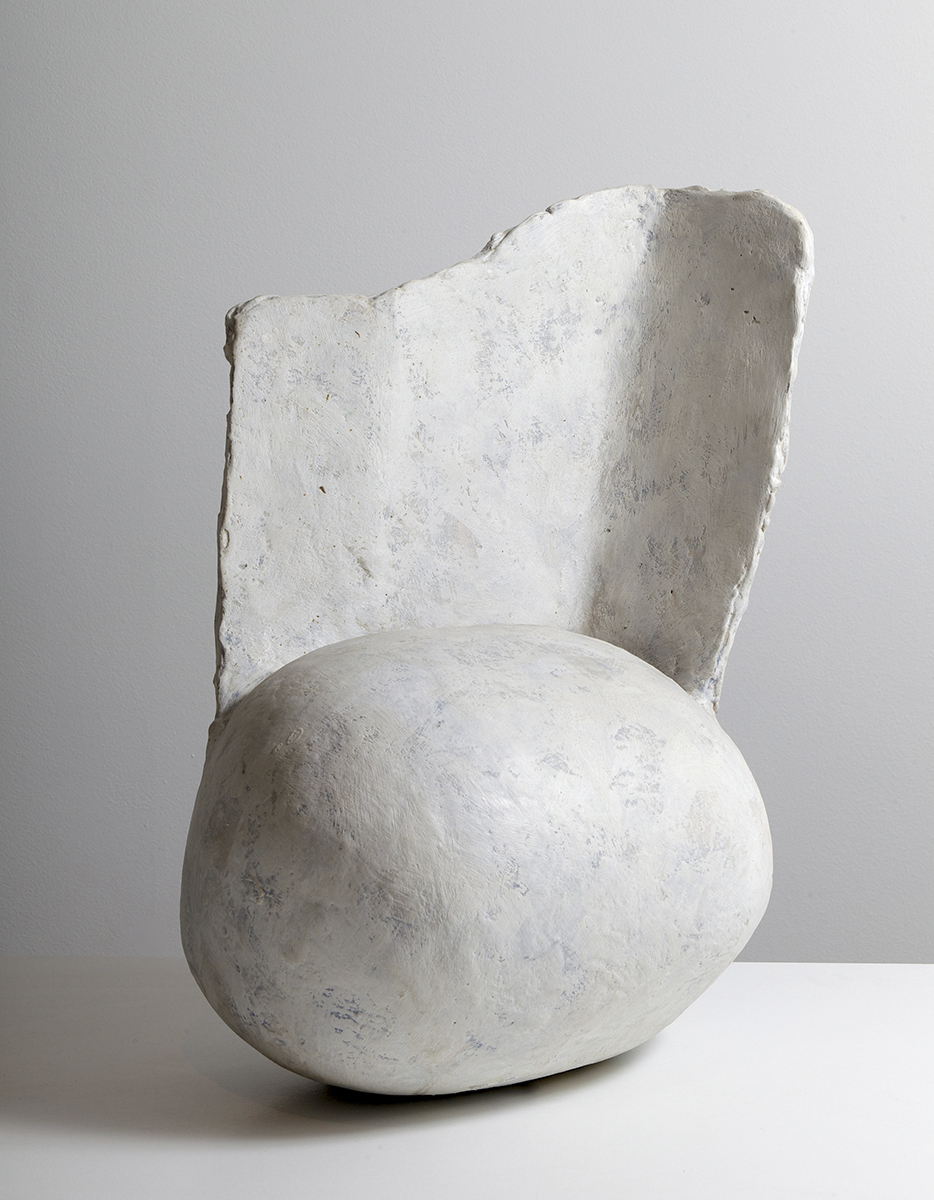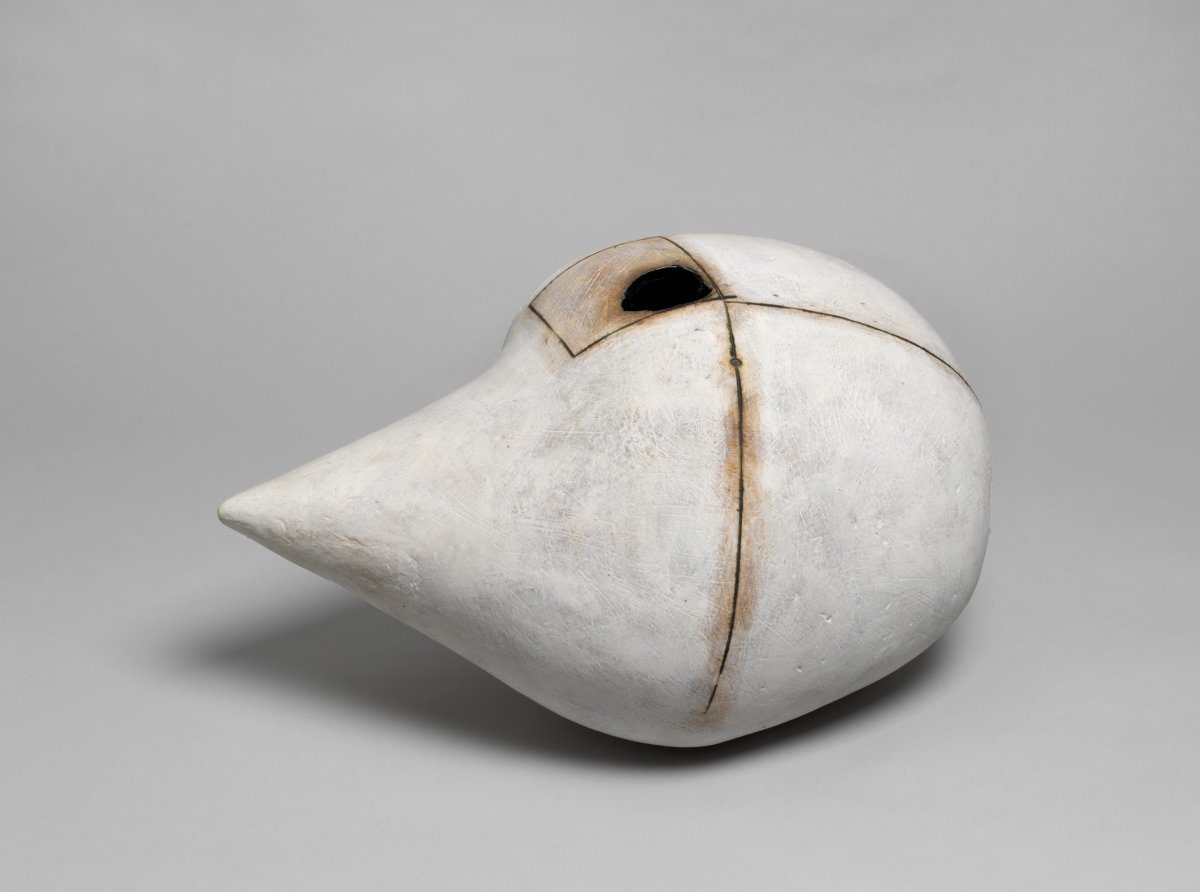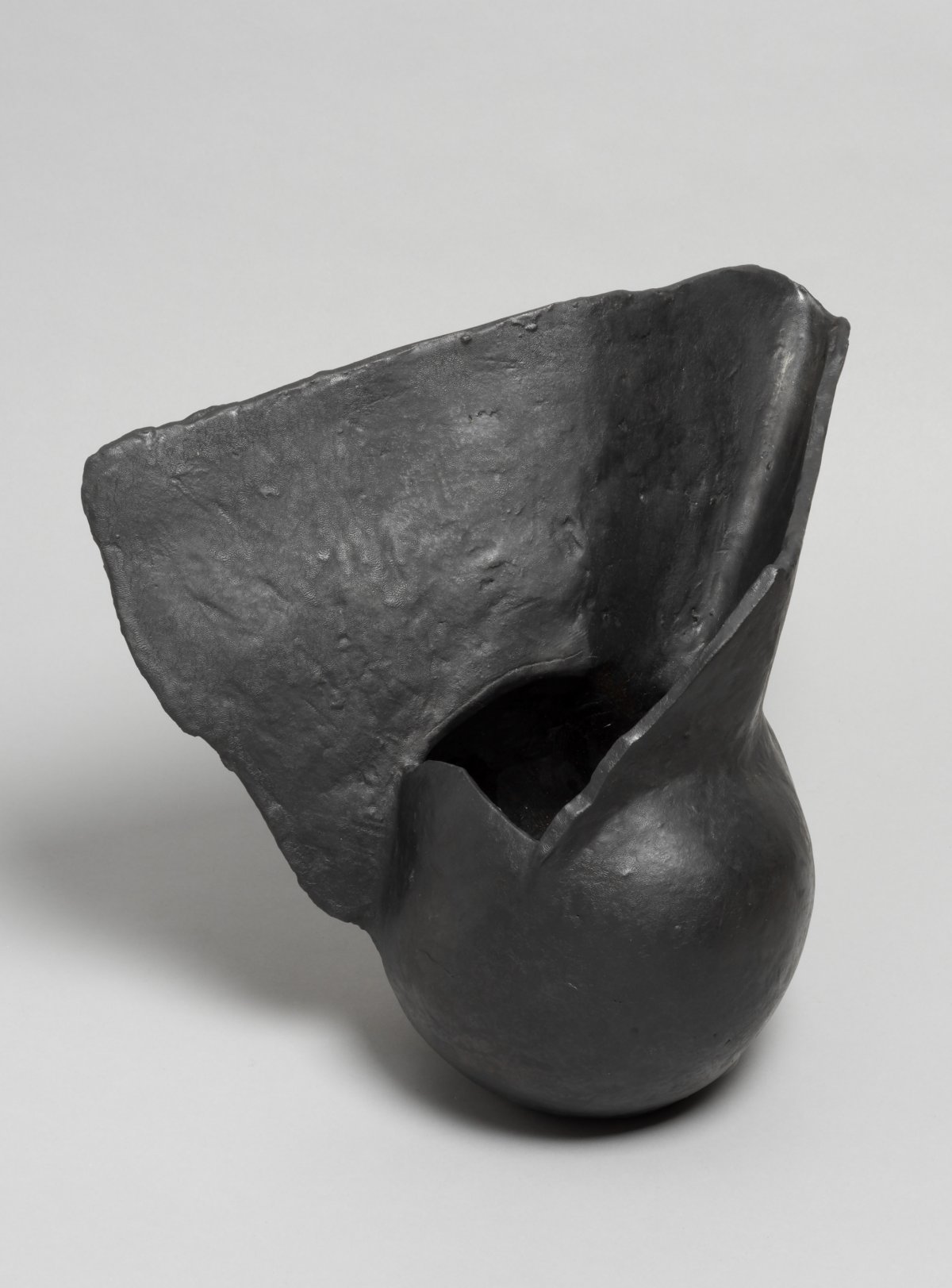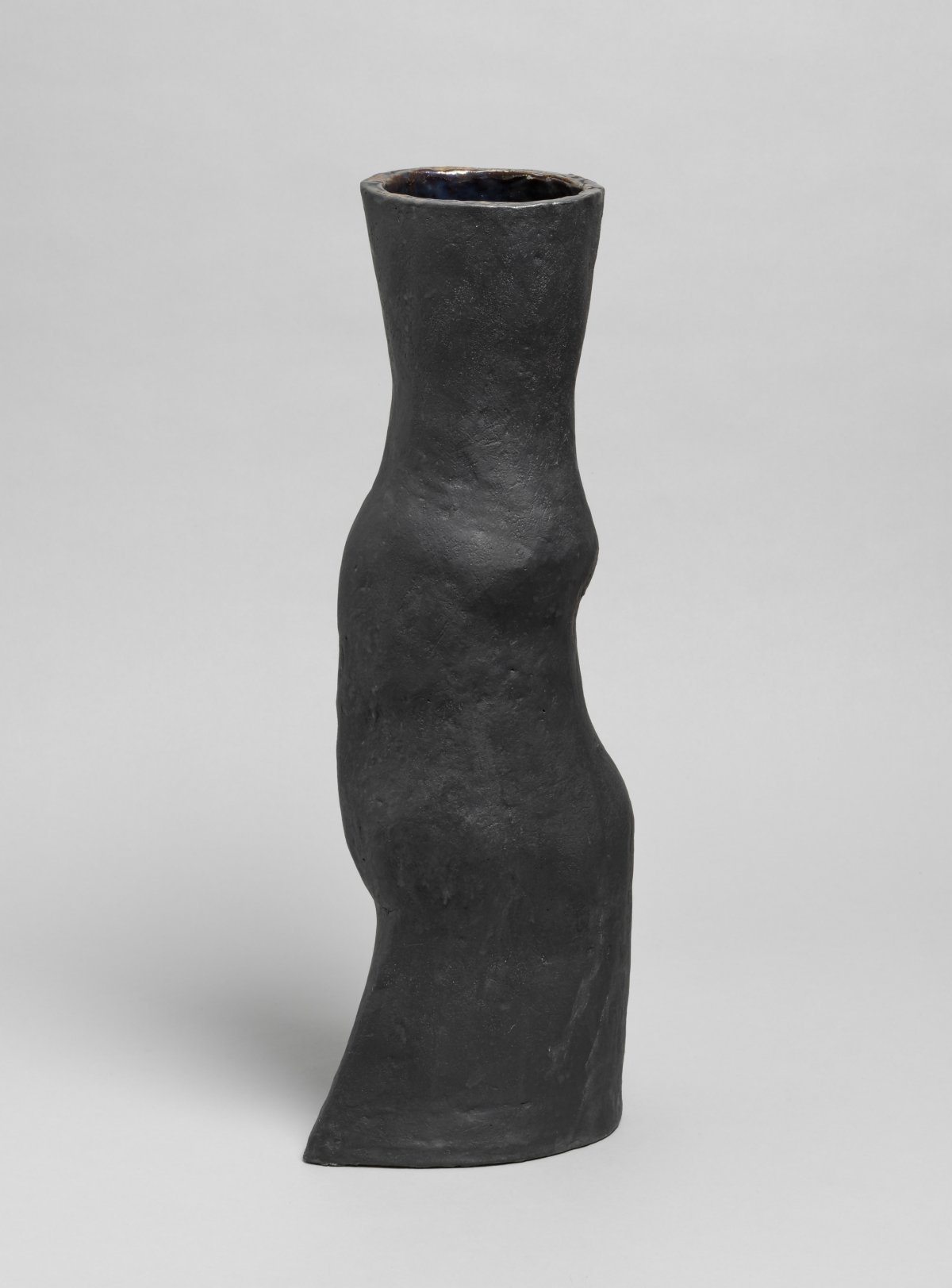Gordon Baldwin x 陶艺 | 纯粹与力量
我通常采用传统的卷绕法进行系列创作,并在创作过程中发现作品,不同的黑暗和不同的寂静都是我感兴趣的概念。
Gordon Baldwin1932年出生于英国林肯,是世界上最杰出的陶瓷艺术家之一。他曾就读于林肯艺术学院和中央艺术与设计学院,并在伊顿公学担任陶瓷和雕塑教师。1992 年,Gordon Baldwin被授予大英帝国勋章,2000年被伦敦皇家艺术学院授予荣誉博士学位。他的作品曾在世界各地展出,并被许多公共机构收藏。
Gordon Baldwin, born in1932 in Lincoln, England, is one of the world's most distinguished ceramic artists. He studied at the Lincoln School of Artand the Central School of Art and Design and was teacher of Ceramics and Sculpture at Eton College Baldwin was awarded an OBE in 1992 and an honorary doctorate from the Royal College of Art, London in 2000. His work has been exhibited worldwide and is represented in many public collections.
他的早期作品以功能性的石器器皿和锡釉陶器为特色,经常反映出他对风景的迷恋。随着他成为一名艺术家,他的作品受到了当代雕塑的影响。在20世纪50年代,他采用了多种技术,并开始使用陶器和石器进行手工制作,经常对作品进行多次返工和重新烧制。他的作品形式丰富多样,将雕塑形式与抽象的绘画痕迹相结合,因而得到了广泛认可。Gordon Baldwin在将陶瓷从传统的功能性罐子转向雕刻结构方面具有非常大的影响力。
His early work featured functional stoneware vessels and tin-glazed earthenware, and often reflected his fascination with landscape. As he developed as an artist, his work became influenced by contemporary sculpture. In the 1950’s, he employed a variety of techniques and began hand-building, using both earthenware and stoneware, often reworking and re-firing pieces several times. He is recognised for the rich variety of forms he builds which combine sculptural form with abstract painterly marks. Baldwin has been very influential in moving ceramics towards sculpted structures and away from traditional functional pots.
Gordon Baldwin将自己的创作方式描述为“不追求美”,在“具有某种尴尬共鸣的形式”中找到最大的满足感,这是一种更具挑战性的纯粹和力量。几十年来,他的创作实践将三维形式的自由和无拘无束的发展与抽象绘画和标记制作的探索相结合。他的大部分作品都可以被描述为四维空间:雕塑在空间中发展,同时暗指内部维度,即每个形式中所包含的空间。
Gordon Baldwin has described his approach as‘a non search for beauty,’finding most satisfaction in ‘forms which have a certain awkward resonance,’a more challenging purity and strength. Over the decades his practice has combined a free and unbridled development of three dimensional forms with an exploration of abstract painting and mark-making. Most of his works could be described as four-dimensional: the sculptures develop in space while at the same time alluding to an interior dimension, the contained space inside each form.
